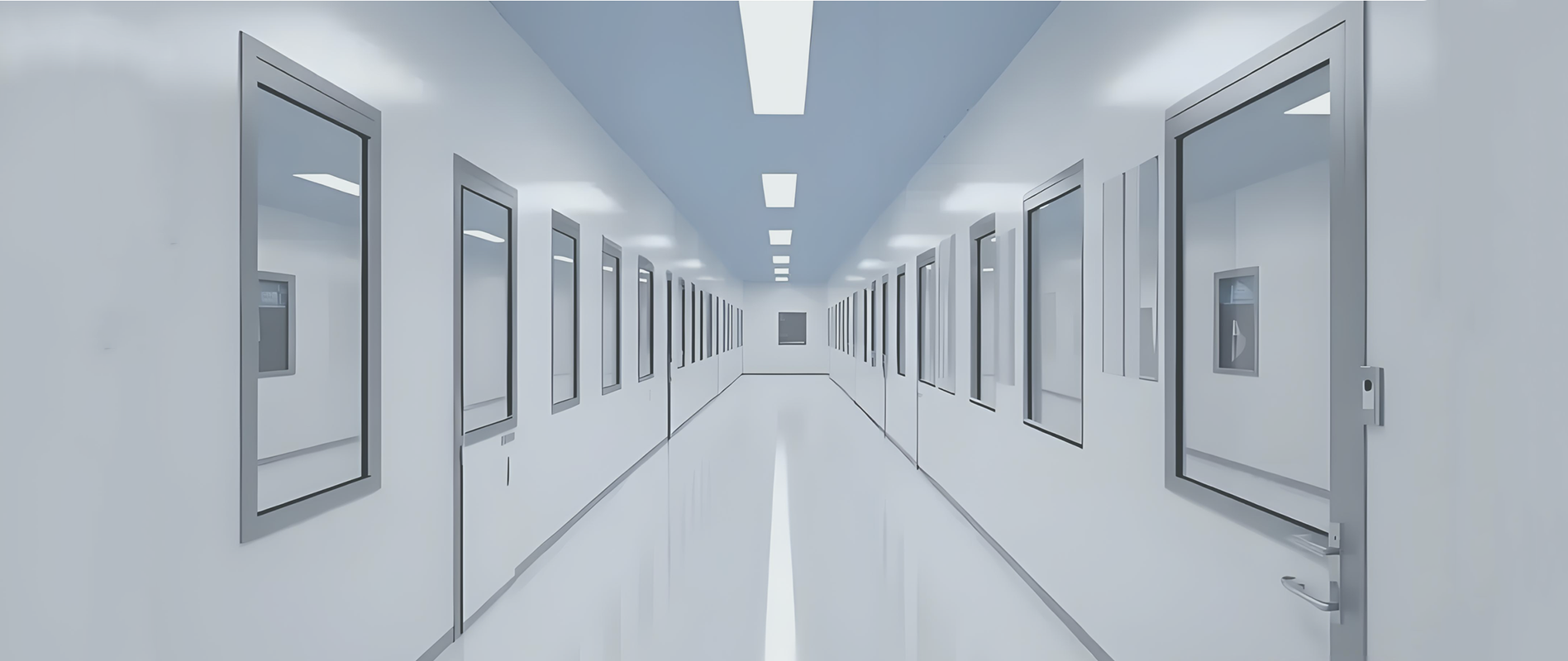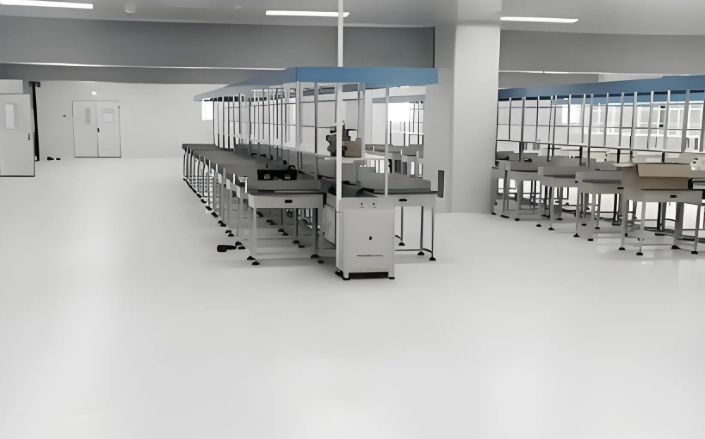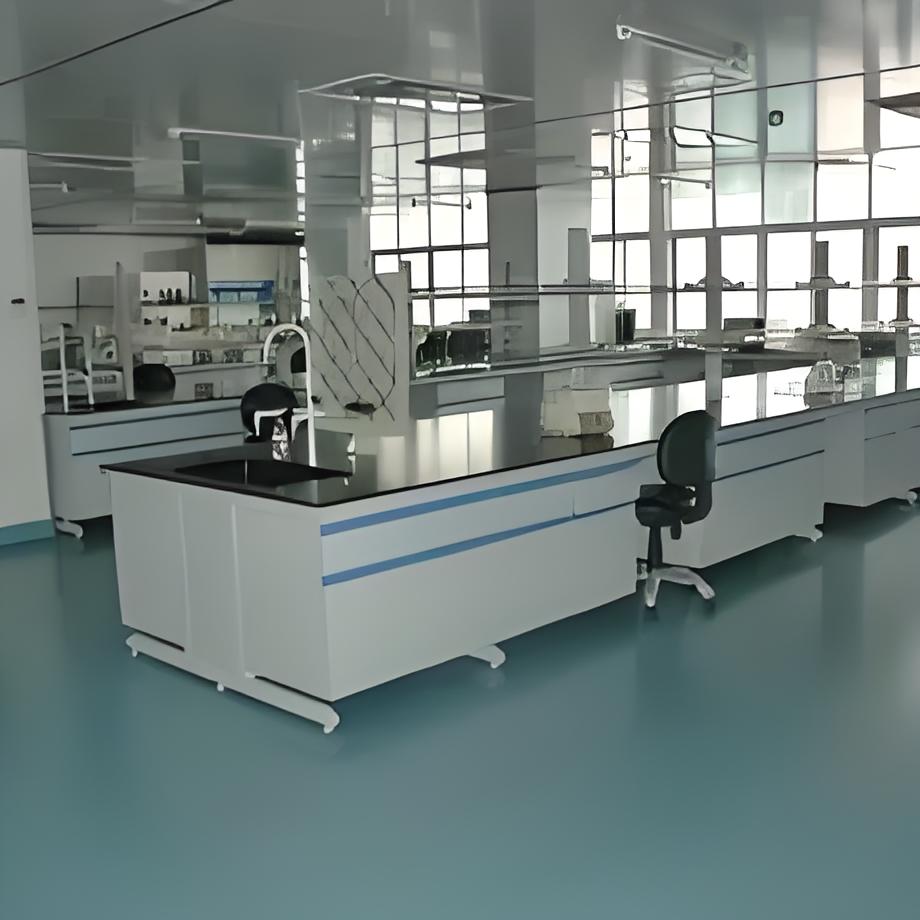




Biological purification engineering represents the critical intersection of microbiology, engineering, and architecture, focused on the containment, control, and elimination of hazardous biological agents. It is the foundational principle behind creating environments where high-consequence research and diagnostics can be conducted safely and securely. At its heart, this discipline is not just about filtering air or treating waste; it's about designing integrated systems that protect researchers, the public, and the environment from exposure to pathogens. This complex field finds its most critical application in the design, construction, and operation of high-containment laboratories. This article delves into the core components of biological purification engineering, exploring its role in BSL-3/BSL-4 lab design, risk assessment, and the path to successful turnkey biosafety lab projects.

Biosafety Facility Design and Construction is the physical manifestation of biological purification principles. It moves beyond standard architectural practices to create a structure where containment is paramount. This process involves a meticulous, multi-disciplinary approach long before the first wall is erected.
Key design considerations include:
Material Selection: Surfaces must be seamless, non-porous, chemical-resistant, and easy to decontaminate (e.g., epoxy resin floors, stainless steel benches).
Layout and Workflow: The facility must enforce a strict unidirectional workflow, separating "clean" zones from "dirty" zones to prevent cross-contamination. This often includes clear demarcations for changing rooms, showers, and airlocks.
Structural Integrity: The building must be capable of withstanding extreme events, such as earthquakes or storms, without breaching containment. For最高级别 containment levels, this may also include measures for security against unauthorized access.
Utility Systems: Dedicated conduits for gases, water, and electrical systems must be sealed and designed to prevent backflow or contamination.
The construction phase demands contractors with specific experience in containment facilities. They must understand the critical importance of sealing every penetration, welding seams to perfection, and adhering to the precise design specifications without deviation.
The stringency of Biological Purification Engineering is categorized by Biosafety Level (BSL) Laboratory Containment Systems. These levels (BSL-1 to BSL-4), defined by agencies like the CDC and WHO, provide a framework for the minimum required containment and safety measures based on the risk group of the biological agents being handled.
BSL-1 & BSL-2: These are for low to moderate-risk agents. Containment systems primarily rely on standard microbiological practices and primary barrier equipment like Biosafety Cabinets (BSCs).
BSL-3: Required for indigenous or exotic agents that may cause serious or potentially lethal disease through inhalation. BSL-3/BSL-4 lab design principles here become significantly more robust. Engineering controls are paramount, including:
Directional Airflow: Mandatory negative pressure within the lab, ensuring air flows into the lab from clean areas and is prevented from escaping.
HEPA Filtration: Both supply and exhaust air are HEPA-filtered. Exhaust air is often filtered twice before being discharged to the atmosphere.
Physical Separation: The lab is accessed through a series of self-closing, interlocked doors or an airlock.
BSL-4: This is the highest level of containment, for dangerous and exotic agents that pose a high individual risk of life-threatening disease. BSL-3/BSL-4 lab design reaches its apex here. In addition to all BSL-3 requirements, BSL-4 facilities feature:
Class III Biosafety Cabinets: Scientists work with materials through a physical barrier using glove ports.
Positive Pressure Personnel Suits: Alternatively, personnel may wear a sealed, pressurized suit with a dedicated life support system.
Specialized Ventilation and Wastewater Treatment: Effluent air and water undergo rigorous treatment (e.g., thermal sterilization, chemical disinfection) before release.

To navigate the immense complexity of building a high-containment facility, many institutions opt for Turnkey Biosafety Lab Projects. A turnkey approach means a single entity, or a consortium led by a primary contractor, takes responsibility for the entire project lifecycle—from initial concept and design through construction, equipment installation, validation, and final certification.
The advantages of this model for biological purification engineering are profound:
Single Point of Accountability: The client has one contract and one entity responsible for the entire project's success, streamlining communication and problem-solving.
Seamless Integration: The same team that designs the facility is responsible for building and validating it. This ensures that the design intent is perfectly executed during construction, preventing costly errors and rework.
Efficiency and Cost Certainty: Integrated project planning reduces delays and helps control costs, as the design-build team can value-engineer solutions from the outset.
Regulatory Expertise: Turnkey providers are well-versed in the complex web of local, national, and international regulations and can guide the project through the approval process smoothly.
Before a single line is drawn on a blueprint, a comprehensive Risk Assessment must be conducted. This is the logical and analytical foundation of all biological purification engineering efforts. The assessment identifies the potential hazards and the likelihood and consequences of exposure, informing every subsequent design decision.
A thorough risk assessment asks critical questions:
What agents will be handled? What are their transmission routes, infectious dose, and environmental stability?
What procedures will be performed? Procedures that generate aerosols (e.g., centrifugation, sonication) present a higher risk and require more robust containment.
Who is at risk? This includes laboratory personnel, maintenance staff, the surrounding community, and the environment.
What are the potential failure modes? What happens if the power fails? If a HEPA filter ruptures? If a drain backs up?
The answers directly dictate the selection of Biosafety Level (BSL) Laboratory Containment Systems, the architectural layout, and the specification of mechanical systems. It is a dynamic process that should be revisited whenever the scope of work within the lab changes.
A beautifully designed and constructed BSL-3 or BSL-4 lab is just a building until it is proven to function as intended. This proof is delivered through rigorous Containment Validation and Certification. This process is the quality control and assurance arm of biological purification engineering.
Validation is a step-by-step process of testing and verification against the design specifications and regulatory standards. Key tests include:
Room Pressure Differential Tests: Verifying that negative pressure cascades are maintained correctly between adjacent rooms.
HEPA Filter Integrity Testing: Using aerosol challenges (e.g., PAO, DOP) to scan every seal and filter face for leaks.
Airflow Pattern Visualization: Using smoke tests to confirm that airflow is directional and sweeps contaminants away from personnel and towards exhaust grilles.
Leak Testing: Ensuring all dampers, doors, and seals are airtight.
System Failure Tests: Simulating power outages or fan failures to confirm that backup systems engage correctly and containment is not lost.
Upon successful completion of all tests, a formal certification report is issued. This certification is not a one-time event; it must be re-verified annually or whenever significant modifications are made to the facility or its systems.
Even with the best planning, Biosafety Facility Design and Construction faces common pitfalls:
Inadequate Early Planning: Underestimating the complexity, timeline, and budget. Engaging biological purification engineering experts too late in the process leads to costly change orders.
Poor Integration of Systems: The architectural, mechanical, electrical, and control systems must work in perfect harmony. A failure in integration can compromise the entire Biosafety Level (BSL) Laboratory Containment System.
Value Engineering Gone Wrong: Cutting costs on critical components like valves, controls, or HEPA filter housings can lead to catastrophic failure and invalidate containment validation.
Insufficient Operator Training: A perfectly certified lab is only as safe as the people using it. Failure to invest in comprehensive training on standard operating procedures (SOPs) and emergency response is a major risk.
Maintenance and Certification Oversight: Letting annual containment validation and certification lapse or failing to maintain detailed logs of system performance and filter changes erodes the safety margin over time.
Ignoring Decommissioning: The end of a lab's lifecycle must be planned for. The process of safely retiring a BSL-3/4 facility requires a detailed risk assessment and decontamination plan, which is often overlooked during the initial design.
Biological purification engineering is the essential discipline that enables humanity to safely study the most dangerous pathogens on Earth. It is a sophisticated synthesis of science and engineering, governed by rigorous risk assessment and verified through meticulous containment validation and certification. Whether executed through a streamlined turnkey biosafety lab project or a traditional design-bid-build model, the ultimate goal remains unwavering: to create a secure environment that facilitates critical research while steadfastly protecting human health and the ecosystem. As global health security challenges evolve, the principles of BSL-3/BSL-4 lab design and Biosafety Facility Design and Construction will continue to be our first and most vital line of defense.

